6 Clever Ways Dolphins Hunt For Food
Dolphins hunt for food unlike any other sea mammal. After all, what’s the use of all that intelligence if they can’t use it?
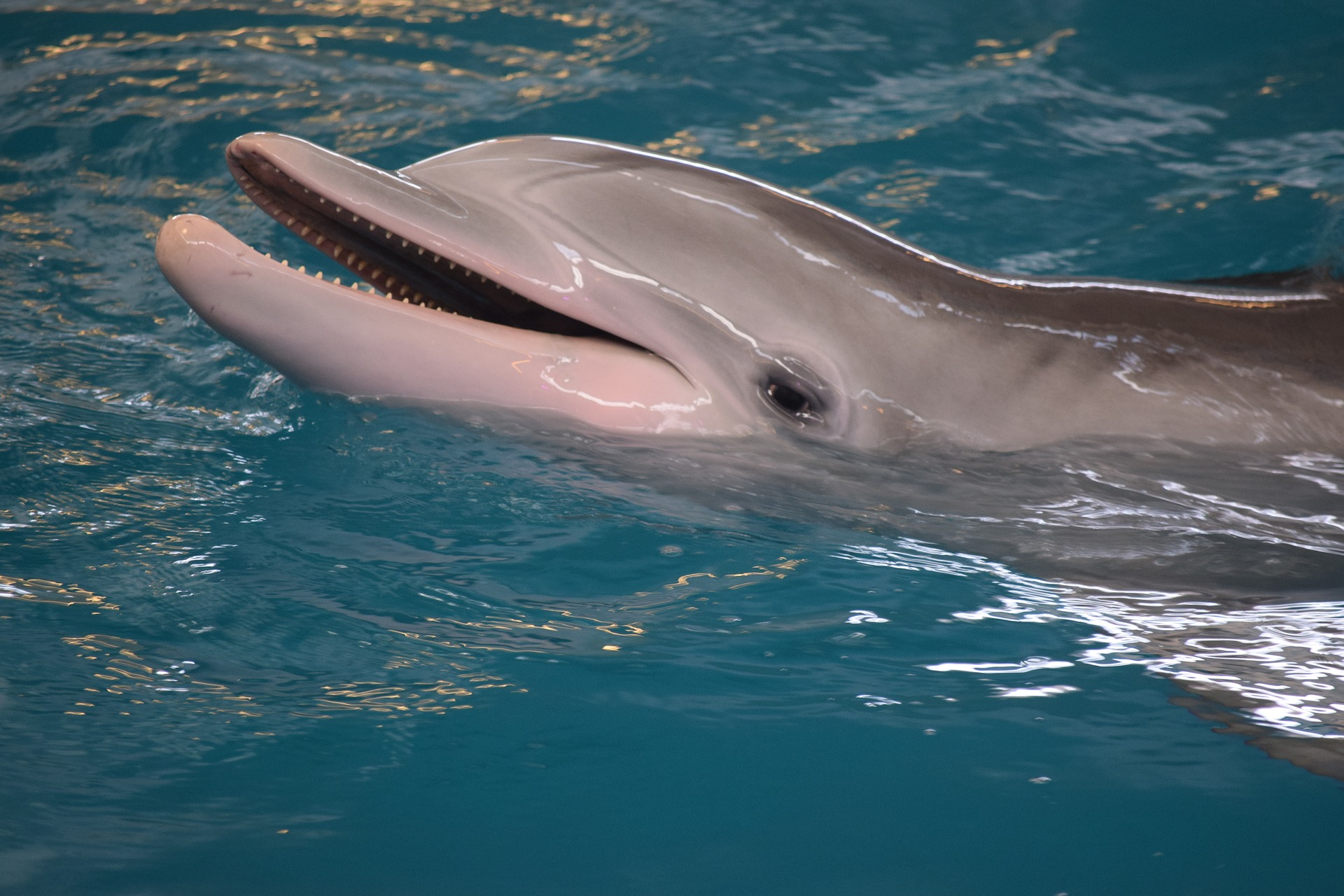
Echolocating is the usual way dolphins detect prey in the water around them. But after detecting them, how do they actually get the fish from the water to their mouths? Certainly, the prey aren’t just hanging around waiting to get caught.
Using their superior brain power, some pods in selected areas have developed different hunting methods that are unique to that group.
Interestingly, researchers have seen that dolphins are coming up with new hunting techniques previously not known.
For instance, the common bottlenose dolphin in parts of Western Australia have been able to invent hunting techniques unseen elsewhere.
For now, here are the 6 clever ways dolphins hunt for food.
6 Clever Ways Dolphins Hunt For Food.
1) Herding
Herding is a technique that requires highly coordinated team work. A group of dolphins will come together and surround a school of fish with the intention to pack them tightly together.
Once the fish are packed as tightly as possible in a “ball,” the dolphins will then take turns swimming through the dense concentration of fish. Each dolphin takes a turn feeding through the ball while the others keep the ball intact and prevent the fish from escaping.
As a result of this cooperative effort, the dolphins can get more food at a time than if they were hunting solo.
2) Intentional Beaching
A pod native to the waters off the Carolina and Georgia coast came up with this unusual hunting strategy. They catch their food by forcing fish up onto the shore and then beaching themselves to get at the struggling fish.
The dolphins in this area feed mostly on mullet. They use their echolocation to find schools of these creatures and chase them towards shore when the tide is low. By making different sounds and rushing at the fish in symphony, they are able to create a strong bow wave that confuses and forces the fish to shore.
The hunters will then follow their prey onto land and pick them out of the muddy shore. Normally, such a practice is called “dolphin stranding” and it happens when dolphins beach themselves.
However, scientists are quite concerned about the obvious dangers and disadvantages of this method:
- They could cut their rubbery skin on sharp objects like stones and oyster shells hiding in the mud.
- The mammals may move up too high on land and get stranded, unable to get back into water.
- Staying on the shore for too long could cause their skin to burn.
- Human activities and movement in the area could harm them.
- The gritty mud that goes in their mouth along with the fish wears down their teeth after some years severely limiting their hunting ability as they age.
“A lot of bad things can happen. There is of course the ongoing threat of humans getting in the way of their hunting patterns, and other threats such as oyster shells and other trash that could slice open a dolphins’ rubbery skin.” Scott Snider, National Geographic’s director of photography.
Below is a video by BBC Earth showing the beaching technique.
3) Corralling
In this method, a pod chases a school of fish into shallow waters. Basically, they herd them closely without allowing any to escape. By surrounding them and keeping them close to shore, they are able to create a tight concentration of fish ready for the picking.
Thereafter, the dolphins take turns to alternate between eating the fish and keeping guard so some don’t escape.
4) Sponging
Sponging is a very unique technique indeed: not every dolphin uses it. In fact, researchers believe that these “spongers” (dolphins that use sponges) are likely much more intellectually nimble than their fellows.
What happens is that as these dolphins hunt for food, they carry sea sponges in their beaks. This sponge serves to protect their sensitive beaks from urchins, stingrays, pointy and sharp rocks and stones, shellfish, etc. Basically any object that could injure them while they shuffle the sand on the seabed in search for food.
This sponging habit was first observed among the dolphins in Shark Bay, Australia in 1997. Female dolphins usually teach their daughters how to sponge though some males practice it also.
These dolphins target fish that live on the sea floor and are more or less like sitting targets.
Sponging is the first ever documented use of tools by dolphins and confirms what we’ve known for so long: dolphin are way up there among the most intelligent creatures on Earth.
Sponging can be traced back to about 180 years ago to a female dolphin now generally known as “Sponging Eve.”
5) Fish Mud Nets
Dolphins hunt for food using “mud nets” in another spectacular display of their hunting and cooperative prowess. These intelligent creatures have figured out that catching fish out of water works pretty well in other ways too.
Once the dolphins have spotted their target, one individual will swim around the group of fish while slapping the sea bed continuously with its tail. By going around them swiftly in a tight circle, the fish become enclosed in a ring of muddy water.
The only way to escape is to jump. But, the dolphins wait around with their mouths open waiting for the fish to jump right in.
The video below is from BBC Earth and shows dolphins using the fish mud nets technique to hunt.
The dolphins use fish mud nets to trick their prey to jump right into their mouths.
6) Conching
This technique was first observed by researchers from the Murdoch University Cetacean Research Unit and the University of Zurich, Switzerland.
Conching is peculiar to the dolphins of Shark Bay, Australia. In this hunting method, a dolphin will pick up a conch shell with a fish hiding inside it. They then bring the shell to the surface and shake it free of water till the fish drops into their waiting mouth.
This type of hunting appears to be a relatively new invention and it has not been observed among any other pod outside the area. As a matter of fact, just a few individual dolphins are using it while others are catching on.
Initially, observers though the dolphins were after the conch snails in the shells, or playing until they saw the tail fin of the fish hiding inside the shell.
Just like sponging, females teach conching to younger females and only one male has been seen practicing it so far. Researchers quickly named him “William the Concherer.”
Scientists are still observing these wonderful creatures to see if will adopt even more hunting techniques.

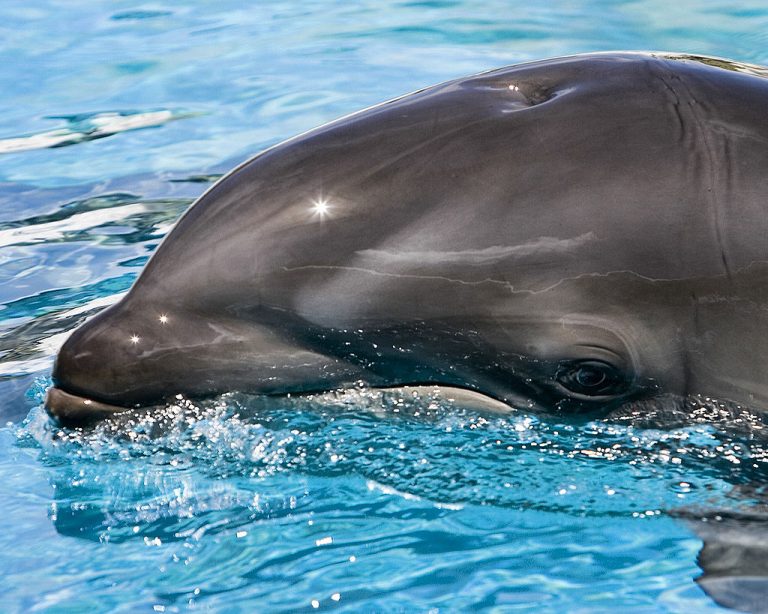
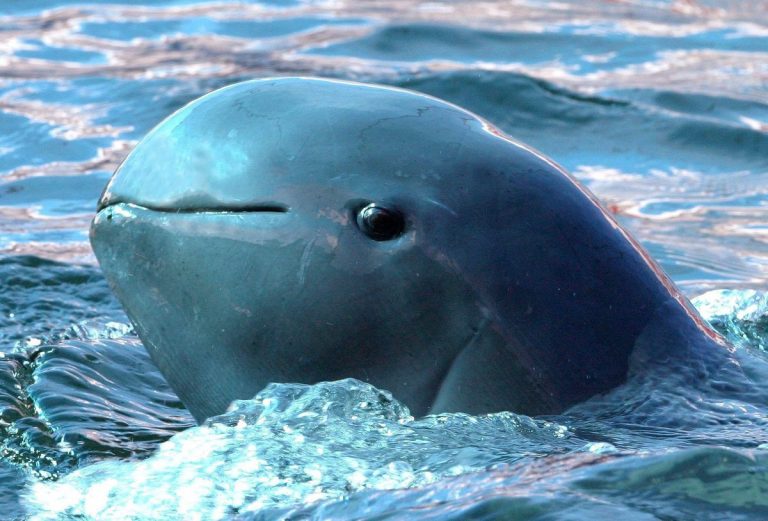
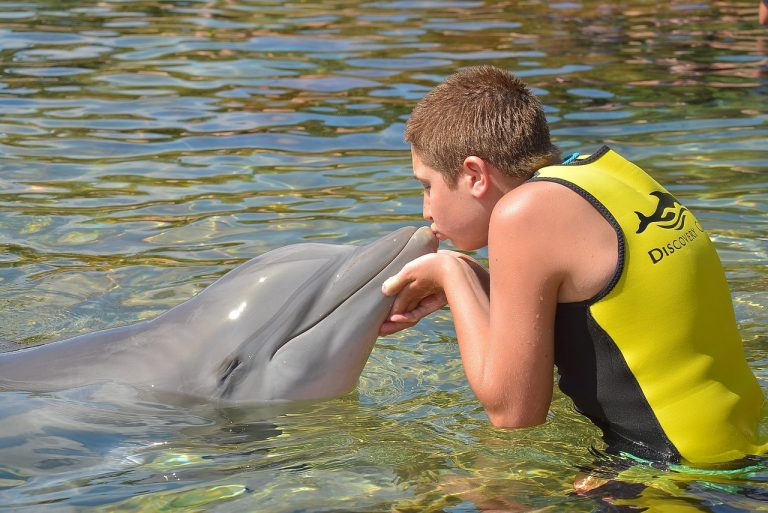

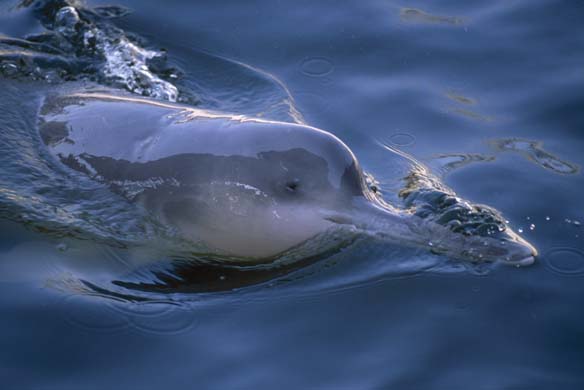
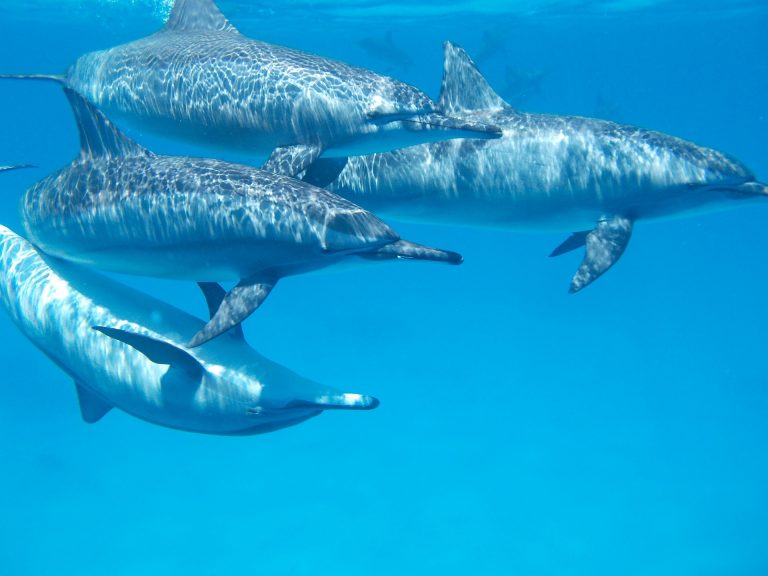
I was shocked to see these gentle giants preying for food! I mean I know they have to eat, but I never knew that these gentle giants can be predators like that-?? Very interesting! I don’t think I would have believed it if I didn’t see it for myself! Thank you for sharing!
Amazing how they’re smart enough to develop these ways of hunting for food it kind of amazes me how they would figure these ways out especially something as simple as shaking a conch shell, simple for us but for them to think to shake it until the fish falls out amazing.
Beaching seems like a very dangerous technique for them.
The synchronised attack in the beaching technique video is simply amazing!